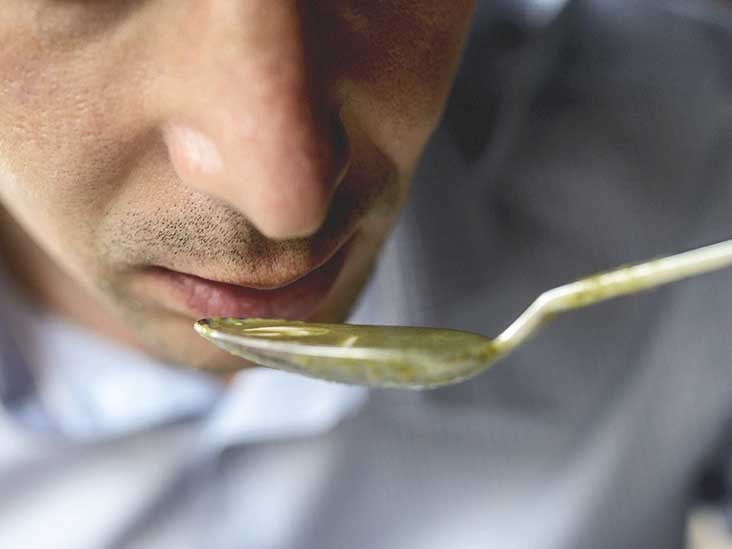
In part three of our four-part blog series, we take a look at how hazardous substances are ingested through the body. It sounds pretty simple – we swallow them right? It’s actually a little more complicated than that. Let’s have a look.
Work-related ingestion of chemicals may occur in one of 4 ways
- Clearance of inhaled aerosols deposited within the ciliated airways of the lung
- Ingestion of contaminated food or beverages
- Transfer of contamination by hand-to-mouth or object-to-mouth contact
- By the more passive but more direct mechanism of deposition of contaminants around the mouth and into the oral cavity.
Food and drink are most frequently contaminated by:
- contact with unwashed hands,
- contact with gloves or clothing, or
- being left exposed in the workplace.
(Nail-biting and smoking can also contribute to exposure.)
What happens once the chemicals are in your mouth?
Step #1: Once inside the mouth, chemicals pass down the oesophagus and then into the stomach.
Step #2: Some chemicals, such as alcohols, may pass across the stomach wall and enter the bloodstream here, but most chemicals move from the stomach into the small intestine.
Step #3: The inside of the small intestine has many hundreds of tiny finger-like projections called villi. The villi have very thin walls and are filled with tiny blood vessels. This formation allows some ingested chemicals to pass from the small intestine across the walls of the villi and enter the veins.
Step #4: The chemical is then carried around the body by the bloodstream.
Note: Some chemicals, which are not soluble or whose basic units (molecules) are too big to pass across the villi walls, will stay in the gut and pass out of the body in the faeces without being absorbed into the blood stream to any extent. But you can’t rely on this happening! Some acids, bases and organics may cause severe ‘burn’ damage to the digestive system if swallowed in high concentrations.
What will happen as a result of exposure?
The possible toxic effects of ingestion of a particular chemical depend on many factors. These include:
- the characteristics of the chemical and the individual exposed, and
- the total dose and the time course of exposure.
Unfortunately, scientists have not been able to determine exactly how either of these factors will affect any specific individual so that present understanding of chemical exposures provides only general guidance. Minimising exposure will minimise the potential for adverse effects. In addition, a general knowledge of all the contributing factors will help reveal the situations that have the most potential for adverse health effects and can aid in determining the best ways to manage chemicals.
Reduce your exposure to hazardous substances you could potentially ingest
- Where possible, perform the task without using hazardous substances
- Where possible, substitute hazardous substances with less hazardous alternatives (for example, use a detergent in place of a chlorinated solvent for cleaning)
- Isolate hazardous substances in separate storage areas
- Purge or ventilate storage areas separately from the rest of the workplace
- Thoroughly train employees in handling and safety procedures
- Provide personal protection equipment
- Regularly monitor the workplace with appropriate equipment to track the degree of hazardous substance in the air or environment
- Regularly consult with employees to maintain and improve existing safety and handling practices
- Adopt healthy habits, such as regular hand washing, even when gloves have been worn
One more thing before we go…
Last week, a blog subscriber contacted us and asked what he should do in the case of contaminated food. Food safety is a slightly different issue, but here are a few tips on how to recognise or test for contaminated food.
8 signs you have food poisoning
Your symptoms will include:
- nausea
- vomiting
- stomach pains
- diarrhoea
- feeling weak
- fever or chills/sweating
- headache.
Unfortunately, if your food is contaminated with E. coli, you won’t be able to tell by the way it looks, smells or tastes. For this reason, the cliché ‘prevention is better than cure’ applies here, and following these basic food safety guidelines to protect yourself:
- Rinse raw produce thoroughly; scrub produce that has a firm surface.
- Wash your hands, utensils and kitchen surfaces with hot, soapy water before and after preparing or eating food.
- Keep raw foods, especially meats, separate from ready-to-eat foods.
- Refrigerate or freeze perishable foods promptly.
- Avoid unpasteurised juices, ciders and dairy products.
- Don't drink untreated water from lakes or streams.
- Cook foods thoroughly. Use a thermometer to verify the temperature.
- Beef, pork, lamb and veal steaks, chops, and roasts should be cooked to a minimum internal temperature of 63 °C and allowed to rest for three minutes before serving.
- Ground meats other than poultry should be cooked to at least 71 °C.
- Poultry should be cooked to 74 °C.
- Leftovers and casseroles should be cooked to 74 °C.
Sources:
https://www.ccohs.ca/oshanswers/chemicals/how_chem.html
http://pmep.cce.cornell.edu/profiles/extoxnet/TIB/entry.html
https://www.betterhealth.vic.gov.au/health/healthyliving/workplace-safety-hazardous-substances





